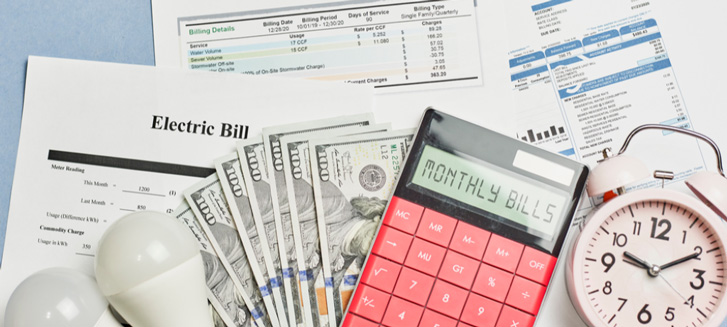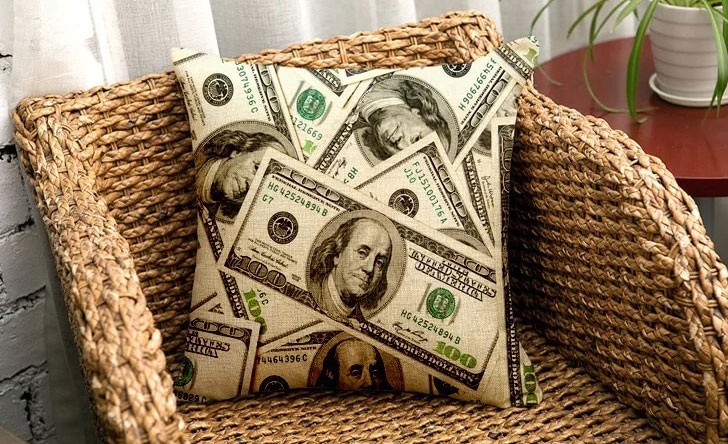Revenue management in relation to stock trading
Lack of money is one of the main problems that makes us unhappy, but often the reason lies not in the amount of money, but in the inability to manage it.

After all, paradoxically, people who earn less than $500 a month and those who receive more than $100,000 monthly complain equally about not having enough money.
Therefore, it is very important to learn how to manage income, especially if it is not stable, as is the case with profits received from stock trading.
After all, one month you can earn 1000 dollars, and another 10,000, but in any case you will have to cover current expenses and do this, best of all, without resorting to loans.
Learn how to properly distribute your profits
First of all, you need to calculate your fixed expenses for the month. In most cases, people who are short on money do not know how much they are spending.
This includes the cost of paying for an apartment, payments for the Internet and telephone, food and clothing, that is, everything that you cannot do without every month.

Often the reason for this ignorance lies in the fact that it is quite difficult to calculate all the small expenses, try to refuse cash payments for one month, thanks to this you will be able to see all the expenses in your bank account statement and determine where you spend the money.
For example, $2,000 is enough for all these expenses and I try not to go beyond this quota.
Afterwards, you can begin to distribute the profit received, and it is better to do this once a month; I will try to explain how this looks in practice using my own example.
If I earn $5,000 per month, then in my case the distribution of money is as follows:
- Fixed expenses – $2,000
- The reserve to cover possible losses is $1,000; this money is kept in a bank account and serves as a kind of safety net. Allowing you to pay off mandatory payments if the profit for the month has not reached $2,000.
- Increase in investment capital – $1000.
- Fund for large purchases - in this account I accumulate money for large purchases, for example, replacing a car or going on vacation.
Thanks to this distribution, investment capital increases and a safety cushion is created in case of losses.

At the same time, in bad months you don’t have to resort to loans, which then put pressure on you, forcing you to make risky transactions.
The greater the profit received, the more money goes into the account and into the fund for large purchases, which can also be used for long-term investments, for example, the purchase of investment property.
This is my approach to profit distribution and it works perfectly for me, but you may have to find your own approach to money management. The main thing is to count how much you spend and not allow expenses to exceed income.
